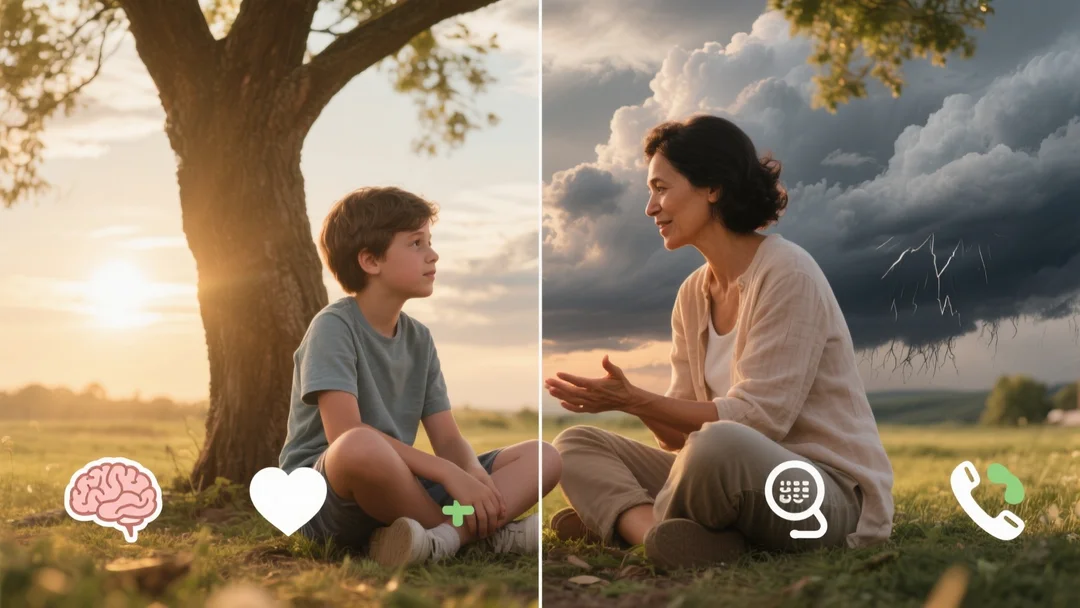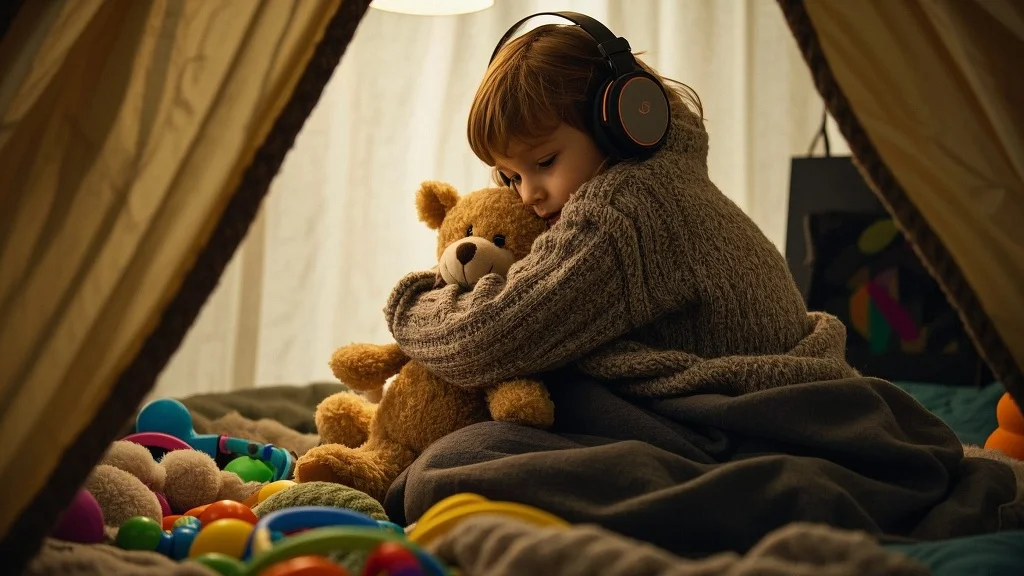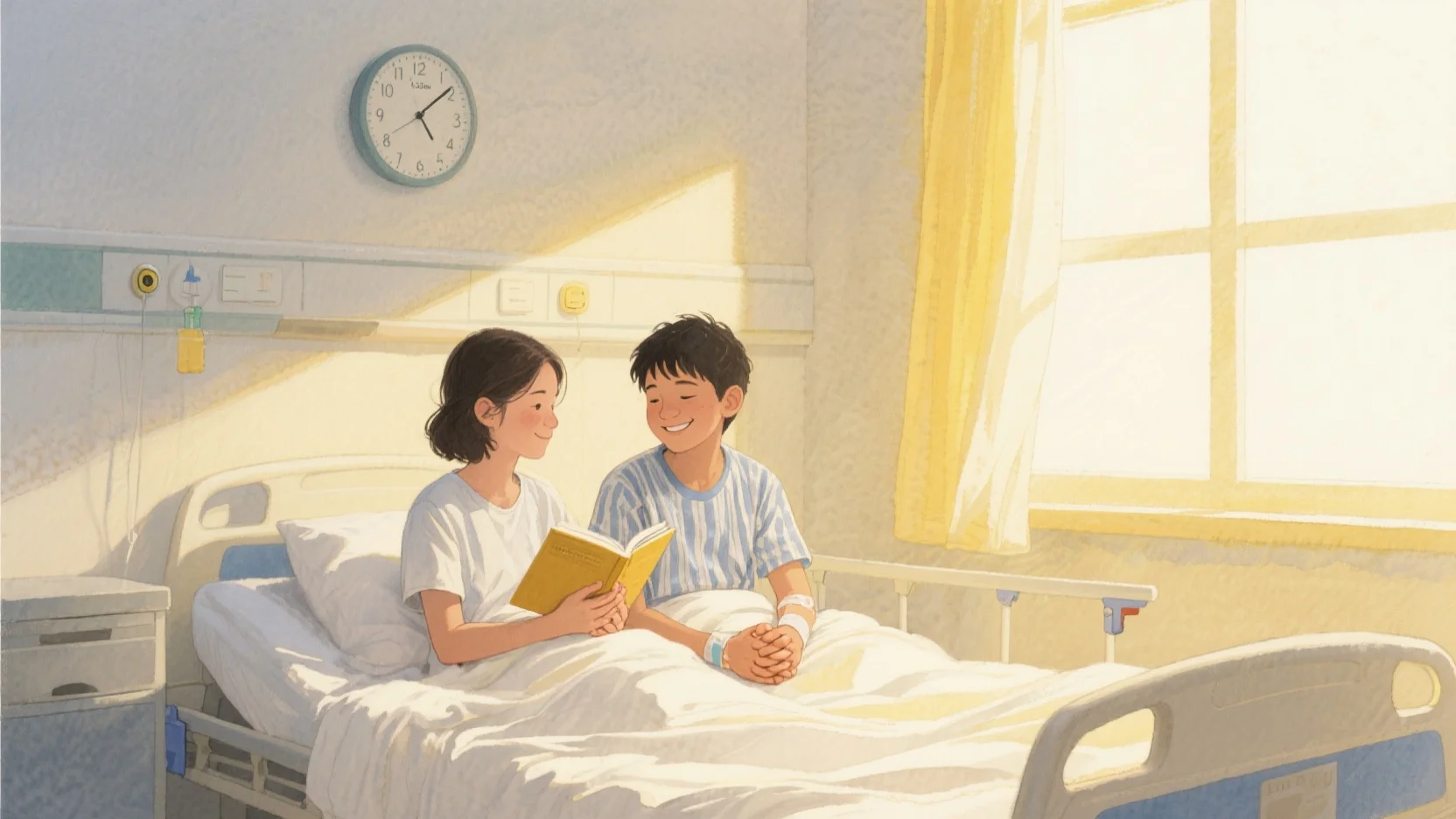Children today face unprecedented stress—from pandemic disruptions to social media pressures. As parents, we must prioritize both physical AND mental health. Here’s how to spot warning signs and build emotional resilience.
Why Kids’ Mental Health Matters Now
- 1 in 5 children has a mental health disorder (CDC).
- Anxiety/depression rates doubled in teens since 2020 (JAMA Pediatrics).
- Early intervention works: 80% of kids improve with support.
Warning Signs by Age Group
Young Children (5–10)
🚩 Excessive tantrums, bedwetting, or clinginess.
🚩 Frequent stomachaches/headaches with no medical cause.
Tweens (10–13)
🚩 Withdrawal from friends or hobbies.
🚩 Extreme irritability or outbursts.
Teens (14–18)
🚩 Self-harm (cutting, scratching).
🚩 Drug use or risky behavior.
🚩 ”I wish I wasn’t here” comments (even as jokes).
Note: Some moodiness is normal—but persistent changes need attention.
How Parents Can Help
1. Listen Without Fixing
- Instead of: “Stop worrying!”
- Try: “That sounds hard. Tell me more.”
2. Model Healthy Coping
- Show them how you manage stress (deep breathing, walks, journaling).
- Normalize struggles: “I felt anxious today too. Let’s talk about it.”
3. Limit Social Media
- Set screen-free times (e.g., dinners, bedtime).
- Discuss curated reality: “People post highlights, not struggles.”
**4. Seek Professional Help If…**
✔ Symptoms last over 2 weeks.
✔ Grades or friendships suffer.
✔ They talk about self-harm or suicide.
Start with: Pediatrician ➝ Therapist ➝ Psychiatrist (if needed).
Free Resources
- Crisis Text Line: Text “HOME” to 741741 (U.S./Canada).
- Child Mind Institute: childmind.org (guides + symptom checkers).
Final Thought
Mental health is health. Just as you’d treat a broken arm, don’t ignore emotional pain.
Need local therapists? Ask your school counselor or insurance provider.








